
Traveling by public transport – a case study
Road trips are cool, weekend trips with low-cost airlines are in, but you don’t read much about traveling by public transport. Too little. For me, there is nothing better than a train or bus ride through the countryside. Standing out of the window for hours at the passing landscape is pure relaxation for me. No comparison with driving a car, where I should concentrate on the road and the traffic, or flights, where you get on somewhere and get off hours later without any reference to time and space.
Of course, travelling by public transport has a disadvantage compared to travelling by car. If you see a great photo spot on the way, you can’t just stop quickly and you’re bound to schedules. Other arguments that are often used against travelling by public transport: it is too expensive and too complicated.
But is that really true? I hope the following case study, including detailed cost information as well as tips and tricks, can also encourage you to travel more by public transport.
Public transport, way too complicated! – These tips will help:
On our journey from Switzerland via Austria, Slovenia and Italy back to Switzerland, we were exclusively by public transport, with the exception of a single intermediate stage. First of all, the research work to find out all the connections was more challenging than I thought at the beginning. Nevertheless, where there’s a will, there’s a way.
Stage 1: Zurich – Lienz
Finding the right and, above all, fastest connection for the first day’s stage was already quite a challenge. If you enter the connection on the SBB website, the following connection will be suggested:
Zurich Hbf from 6.40, Salzburg Hbf arriving at 12:03, Salzburg Hbf departing 12:12, Spittal-Millstätter See arriving 14:18, Spittal-Millstätter See departing 14:31, Lienz im Osttirol arriving 15:35
According to the SBB website, the journey takes a whole 8:55 hours with 2x changes – an eternity!
If you search for the same connection on the ÖBB travel portal, you will see the following connection:
Zurich Hb from 6.40, Innsbruck at 10:16, Innsbruck from 10:35, Lienz im Osttirol at 13:33
Here the journey time with 1x change takes only 6:35 hours.
Why?
Tip:
If possible, always search for the train connections directly on the website of the respective network operator. The fast connection Innsbruck-Lienz is served by the ÖBB Postbus, which is not integrated into the SBB database.
Cost:
According to the ÖBB website, the 2nd class ticket Zurich-Lienz costs 62.20 euros. I only paid 33 CHF for this route because I only had to buy a connecting ticket for Austria. The Postbus stage, on the other hand, was a bargain, because we had bought a group ticket together with three girls (32 euros for max. 5 people) and I only had to pay 6.40 euros.
Day 1, 462 kilometers: 62.20 + 6.40 = 68.60 Euro
Highlights:
The ride along Lake Zurich at sunrise and the varied post bus ride over the Brenner Pass and through the Puster Valley (South Tyrol) to Lienz.
Stage 2: Lienz – Villach – Bled
After a two-day stay in Lienz, we continued our journey towards Slovenia on the third day. Our next destination was Bled. But which bled? Lesce Bled or Bled Jezero. The connection to Lesce Bled seemed extremely complicated to us and takes about twice as long, although the train station is actually closer to the lake. To us, the variant with 1x change to Bled Jezero, which is a little outside of Bled itself, seemed somehow more coherent. The journey takes 4.27 hours with a two-hour stop in Villach.
Tip:
Enter the names of the train stations on Google Maps and check which stops are closer to your accommodation. Also check how often you have to change trains and how much transfer time is available to you.
Cost:
Day 2, 150 kilometers: 32.80 (train ride) + 1.30 (bus ride Bled Jezero to Bled center) = 34.10 Euro
Highlights:
The two-hour stay in Villach, which was enough for a short tour of the extremely pretty small town as well as a cake stop at Café Bernold (Nikolaiplatz 2).
3. Stage: Bled – Ljubljana
The most obvious way to continue your journey from Bled to Ljubljana would be to take the bus back to Bled Jezero and from there take the train to the capital of Slovenia. But this is not the most convenient and fastest connection. From Bled itself, there is an hourly direct bus connection (Alpetour) to Ljubljana. No need to change trains and, above all, much cheaper! The bus ride takes just under 1.15 hours.
Tip:
Are you unsure what public transport alternatives are available to you? Enter the connection once in full length on Google (e.g. “How to get from Bled to Ljubljana”) or find possible alternatives on Rome2Rio. Attention! Always follow up and verify the specified alternatives all the way to the provider’s side.
Cost:
Day 3, 54 kilometers: 6.30 Euro
Highlights:
Lake Bled and the culinary diversity in Ljubljana.
4. Stage: Ljubljana – Portoroz
There are no train connections from Ljubljana to the Slovenian coast. Nevertheless, Portoroz can be easily reached by public transport. There is a bus connection to Piran about 5-6 times a day. The journey takes just under 3 hours.
Tip:
The Slovenian bus services website is only available in Slovenian. Accordingly, I was unsure whether we understood the system and, above all, whether I had chosen the right connection. Therefore, I went to the bus counter immediately after arrival and had the connection confirmed and bought the ticket at the same time. This helps to avoid nasty surprises before departure.
Cost:
Day 4, 120 kilometres: 13.50 Euro
Highlights:
Exciting ride across Slovenia and pure relaxation in Portoroz.
5. Stage: Portoroz – Trieste
During the summer months there is a fast ferry connection from Piran to Trieste (30 minutes drive). In the other months you can reach Trieste by bus with one change in Koper. We were lucky on this stage and were taken to Trieste with a private car for free.
Highlights:
Romantic evenings in Trieste. Anyway, Trieste is definitely worth a visit!
6. Stage: Trieste – Verona
Trieste-Verona is a simple stage. Buy your ticket in Trieste, look for your seat in the Freccciabianca, whiz through the northern Italian countryside for 2.30 hours and get off at Verona Porta Nuova. Not great art, is it?
Tip:
For the tickets in the Frecciabiance (and Frecciarossa), the seat reservation is included in the ticket price. This means that you cannot buy a ticket without reserving a seat.
Cost:
Day 6, 260 kilometers: Euro 37.50 Euro
Highlights:
7. Etappe: Verona – Milan – Varenna
This stage was again a special challenge, because the Trenitalia page only shows the inter-regional connections without the regional local transport. By the time I found out that there is a train connection from Milano to Tirano, a few minutes of searching have passed. Here, too, Rome2Rio helped me, because the reference to the provider is displayed there. Very handy! The train journey takes a total of 2.30 hours (1.30 hours to Milano and then another hour to Varenna). Depending on your mood, you could integrate a shopping stopover in Milan here.
Cost:
Tag 7, 180 Kilometers: 21.50 (Verona-Milan) + 6.45 (Milan – Varenna-Esino) = 27.95 Euro
Highlights:
Varenna on Lake Como. The place is simply a dream.
8. Etappe: Varenna – Tirano – Alp Grüm
The main reason why we made the detour via Varenna was that we could combine the return to Switzerland with the trip on the Bernina line of the Rhaetian Railway. On this section of the route, the focus is clearly on the unique rail experience and not on speed. True to the motto: the journey is the destination. The ride is peppered with highlights such as the circular viaduct in Brusio and countless spectacular serpentines between Poschiavo and Alp Grüm.
Cost:
Tag 8, 115 Kilometers: 7.00 Euro (Varenna-Esino – Tirano) + 17.80 CHF (Tirano – Alp Grüm) = approx. 26.50 CHF
Highlights:
I can warmly recommend an overnight stay on the charming Alp Grüm just before the Bernina Hospice. Unfortunately, the weather didn’t really cooperate with us, but even with snow flurries it is very cozy up here.
Stage 9: Alp Grüm – Zurich
For the most beautiful part of the Bernina route, the weather threw a spanner in the works. Lago Bianco was hidden behind snow flurries, ice and thick fog. The only thing we spotted was the sign that marked the watershed between the Adriatic Sea and the North Sea. The journey back to Zurich then also takes you along the second part of the Unesco World Heritage Site – the Albula Route. After a little over 4 hours of relaxing train ride, we are back home.
Cost:
Tag 8, 250 Kilometer: 80 CHF
Result:
We travelled around 1,500 kilometres, spending a good 25 hours on trains and buses, paying around 290 euros per person. I’d think that’s pretty good value for money.
An important tip at the end: we are also on such trips with the suitcase and not with the backpack. However, it is important to note that the suitcase has a size that is “suitable for trains” and that you can carry it for a few meters. So don’t pack too heavy.
And what are your experiences with rail travel? Do you have any other helpful tips and tricks? Is there anything that particularly annoys you? Or are you also an avid train traveler?


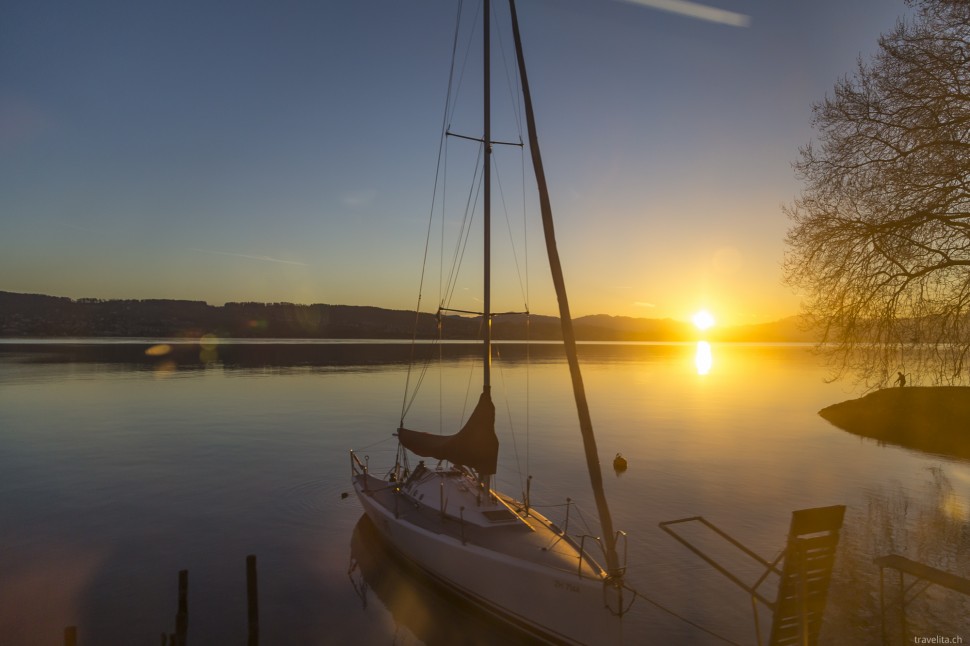
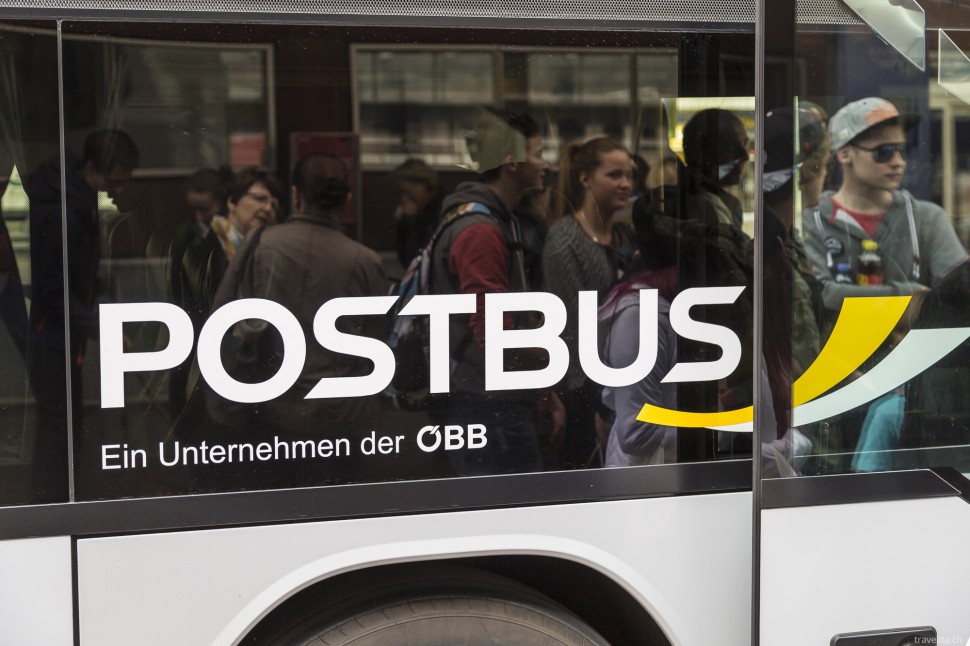
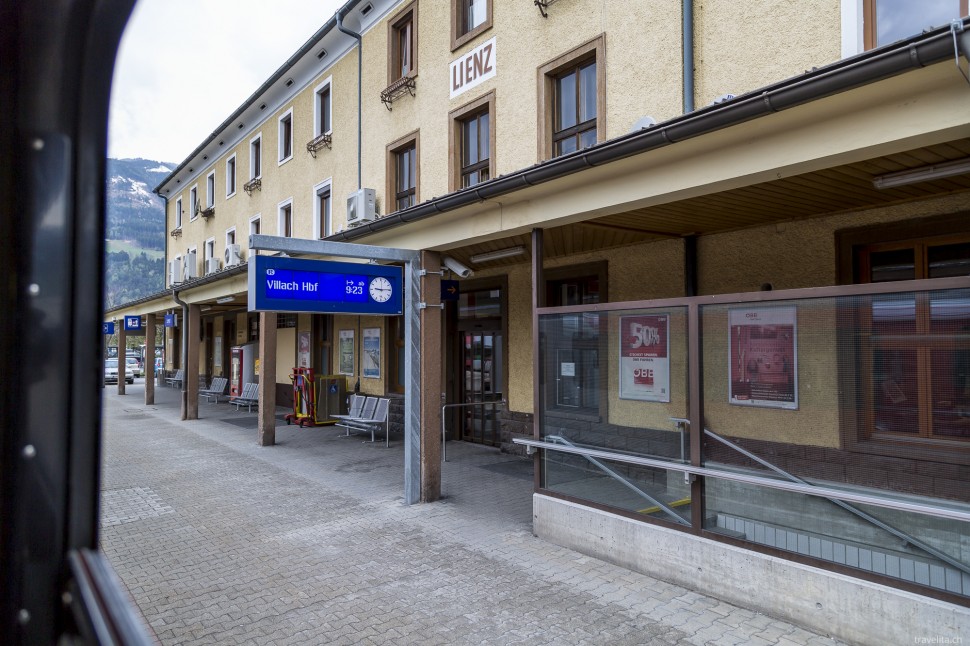
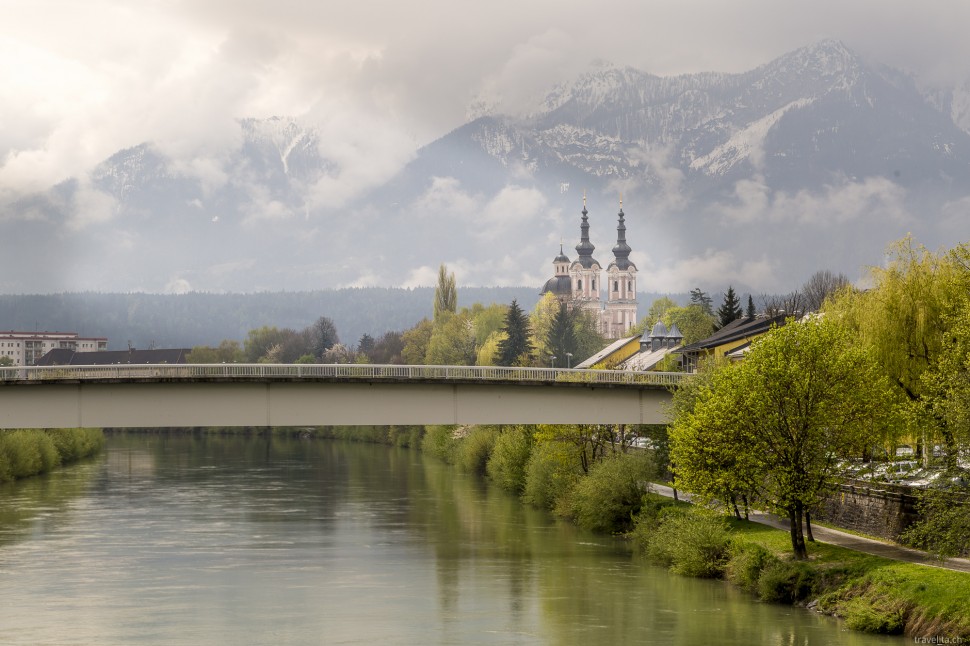
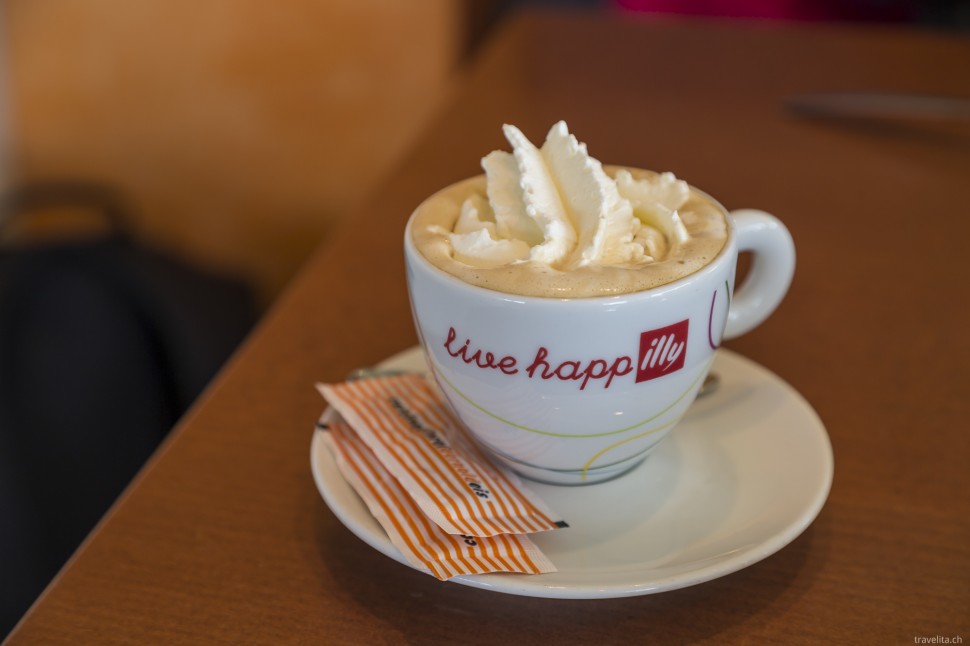
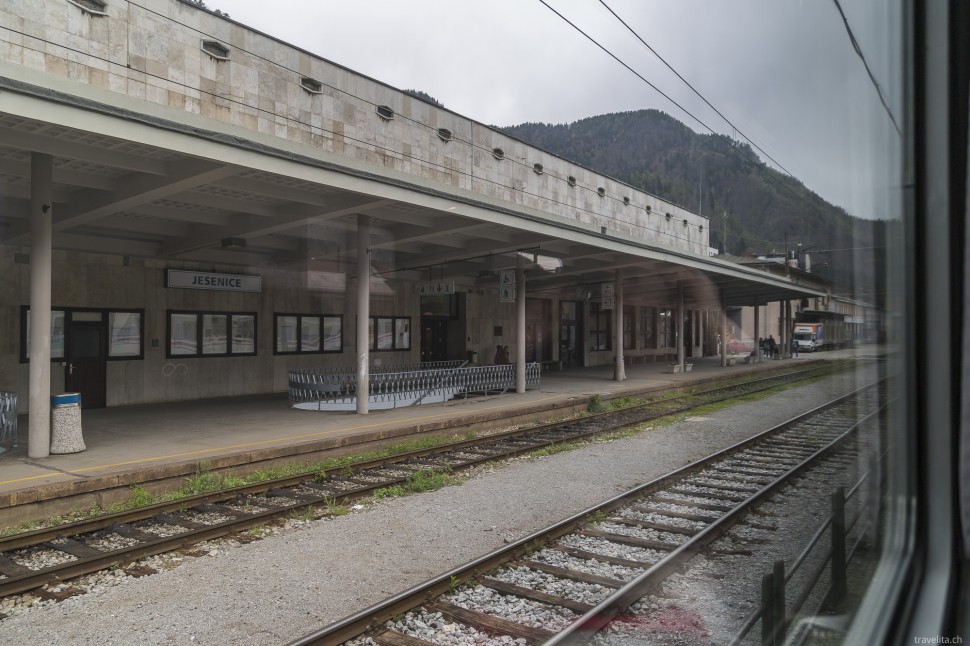
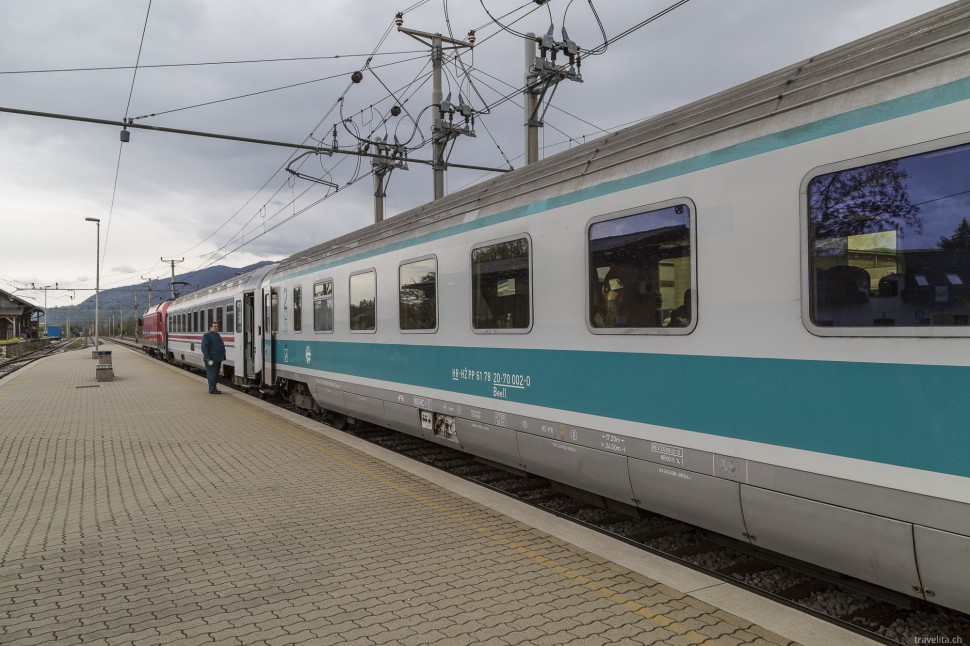
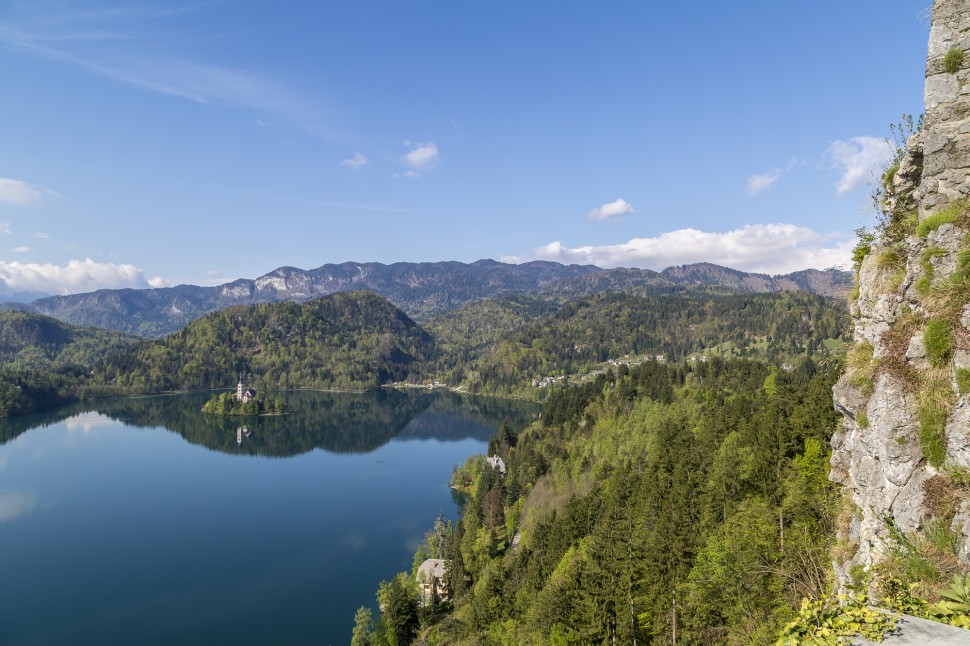
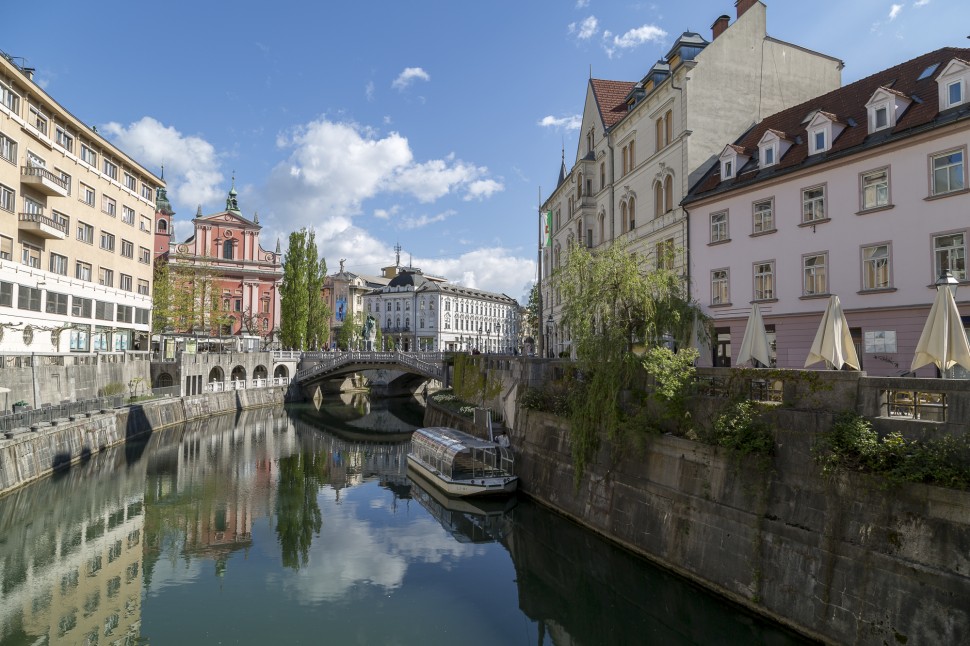
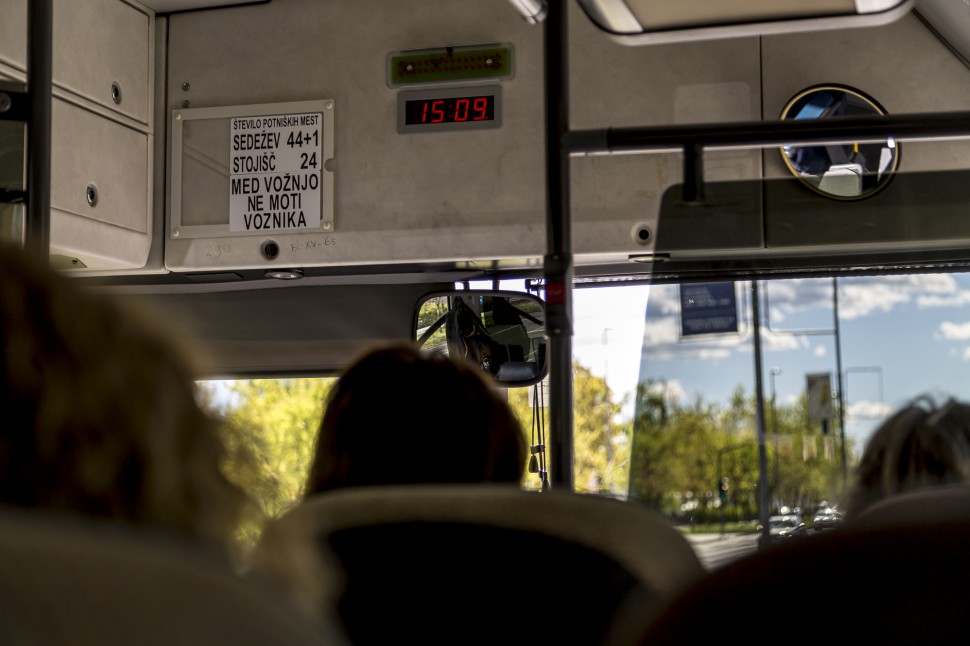
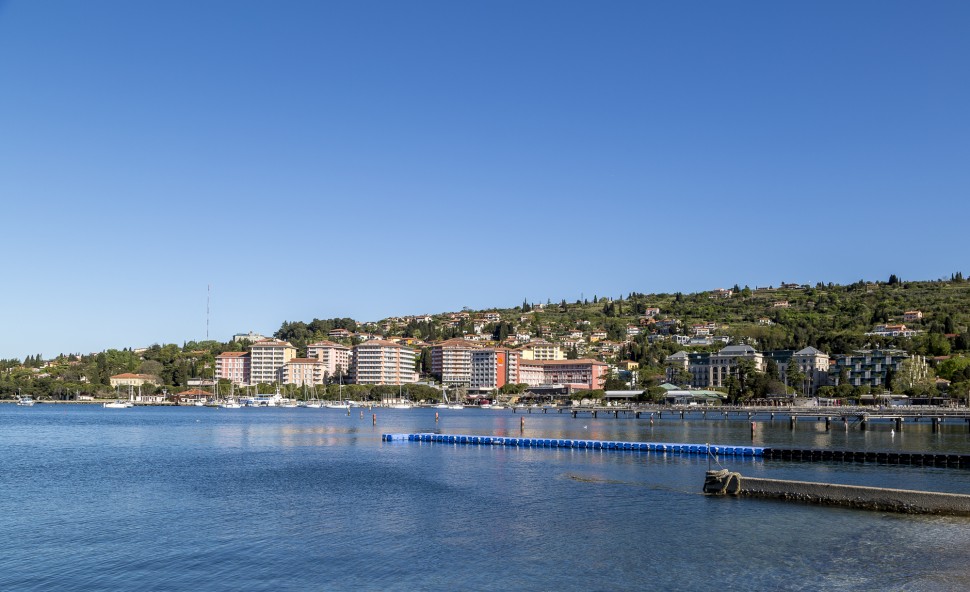
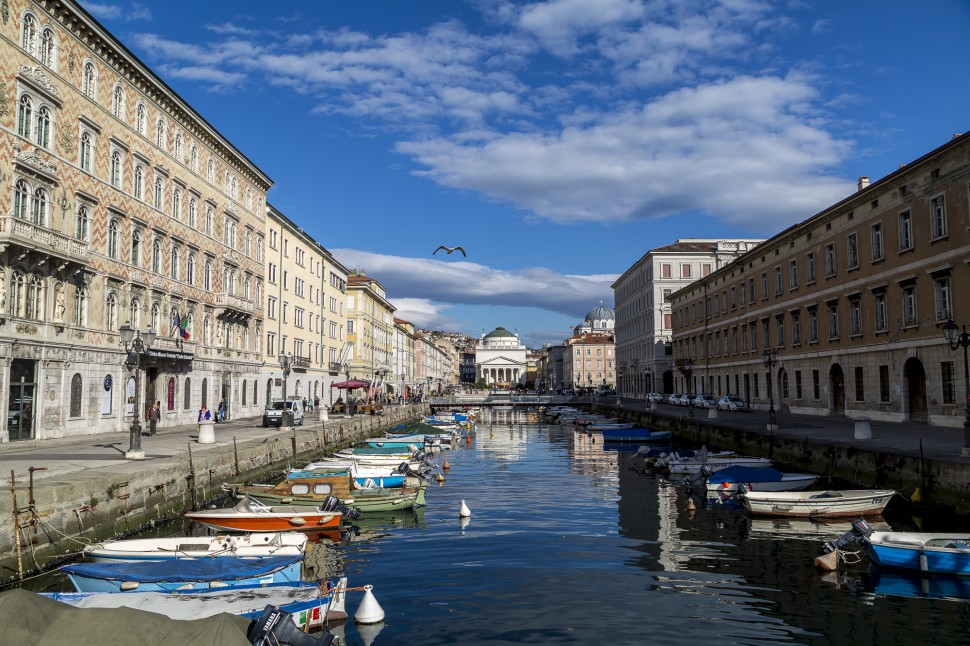
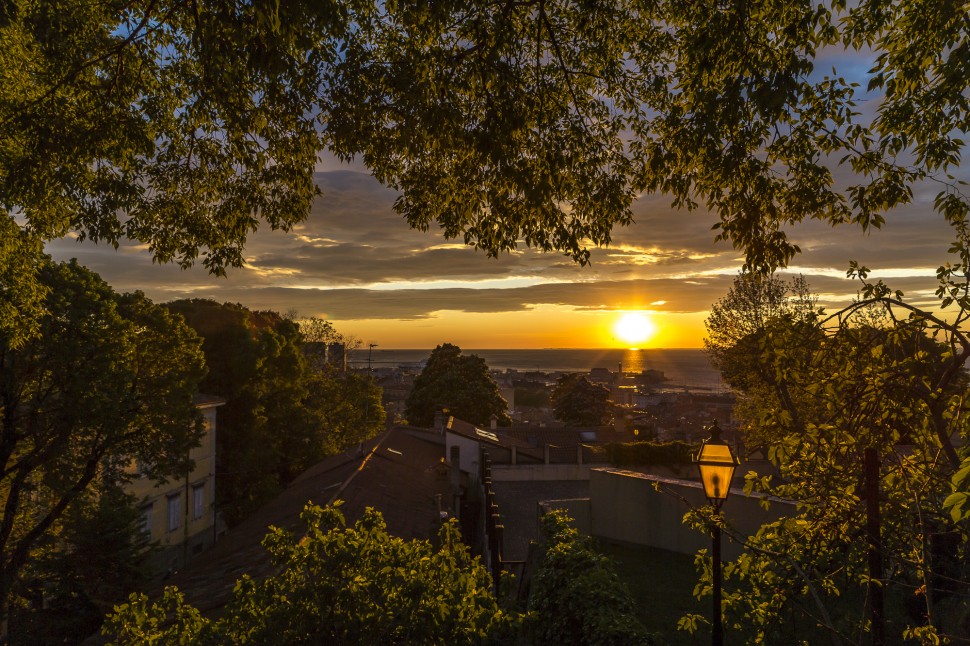
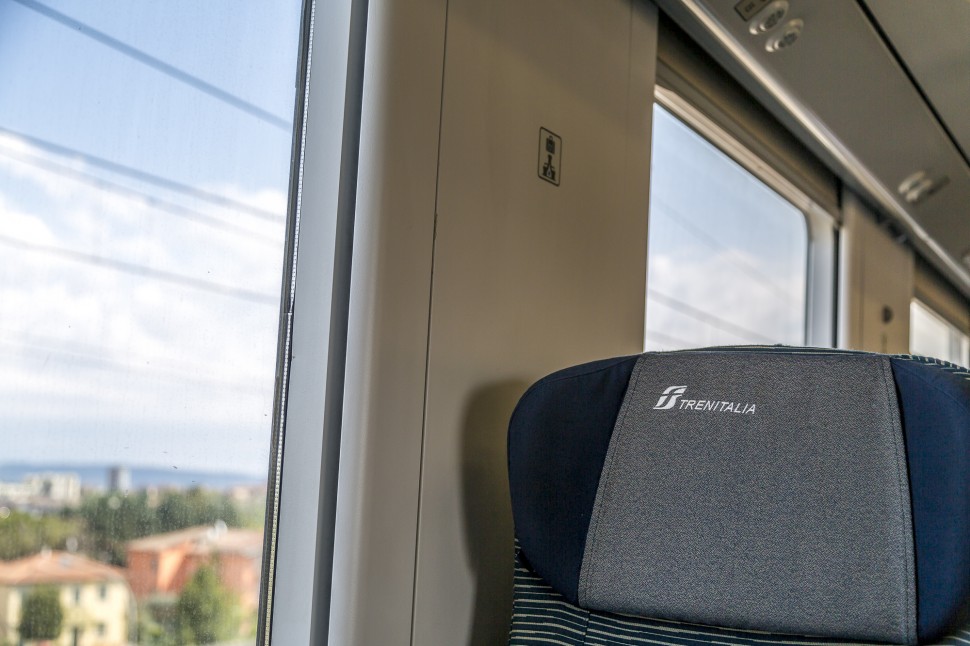
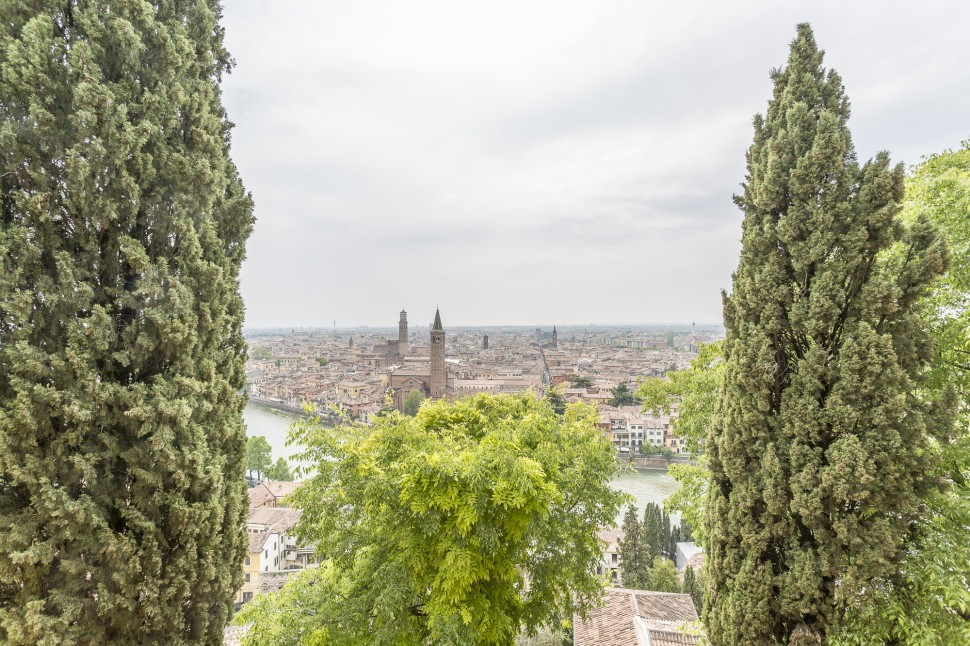
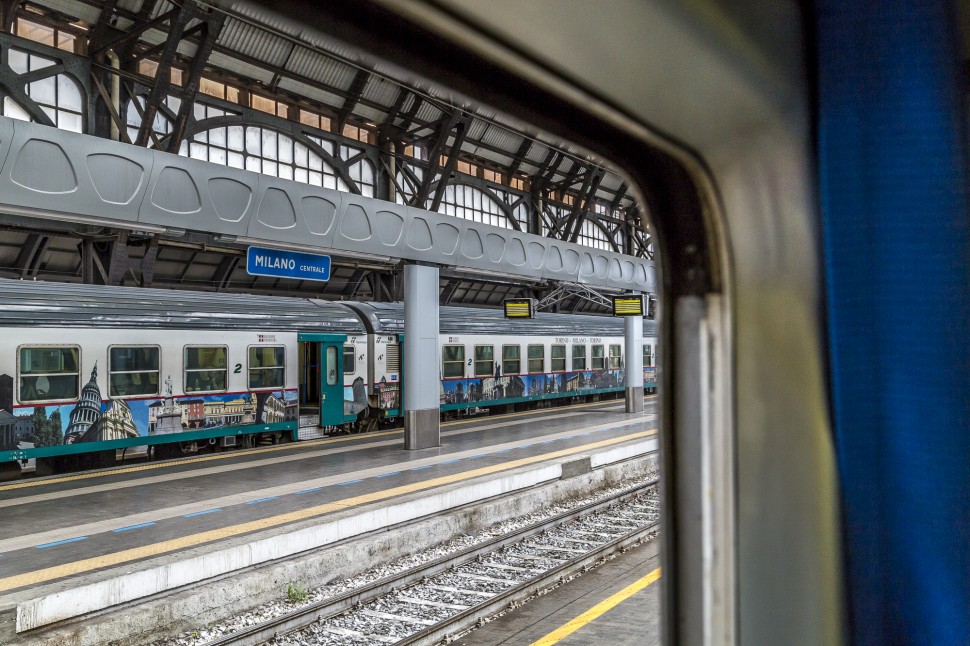
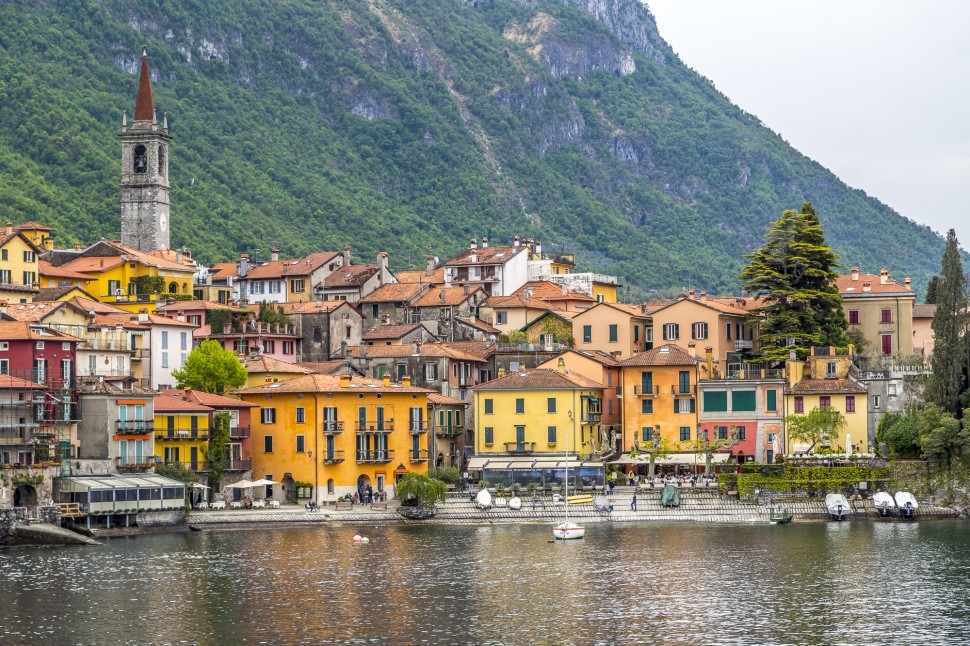
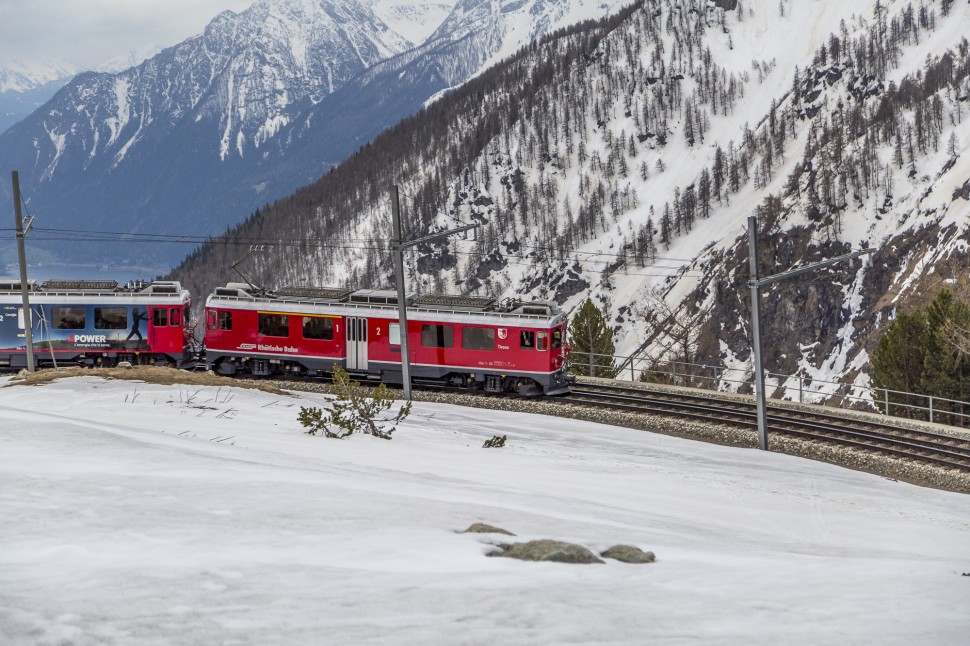
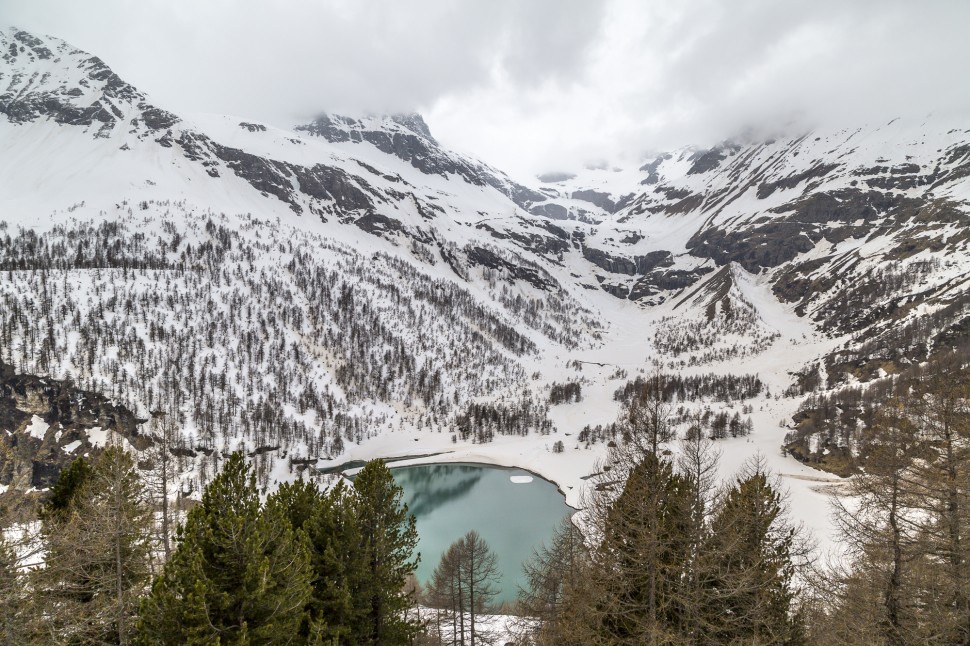
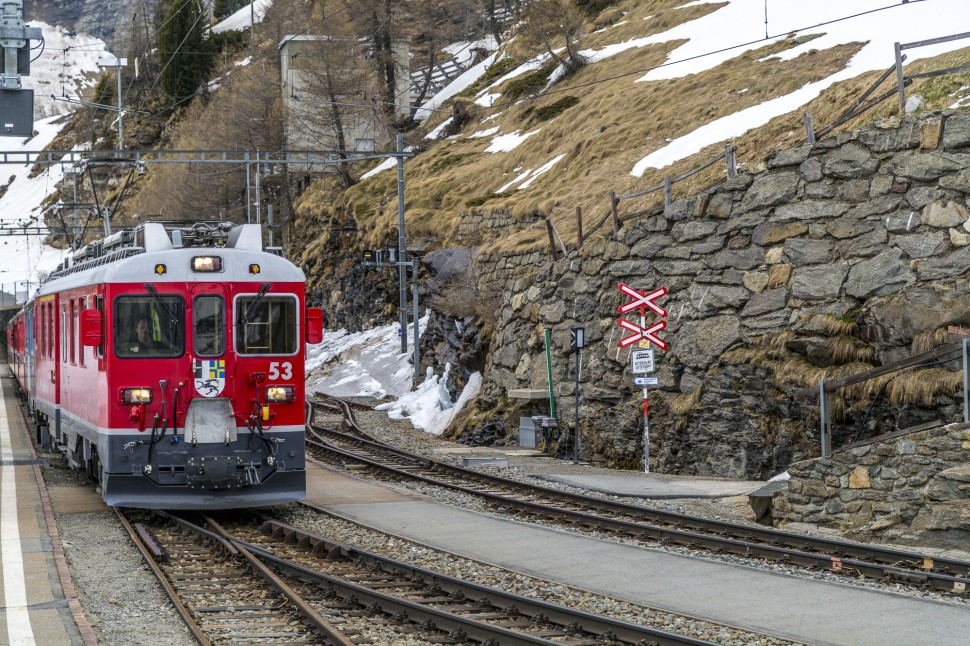

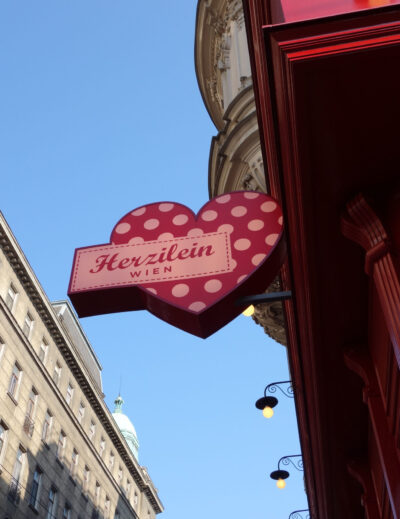

Leave a Reply